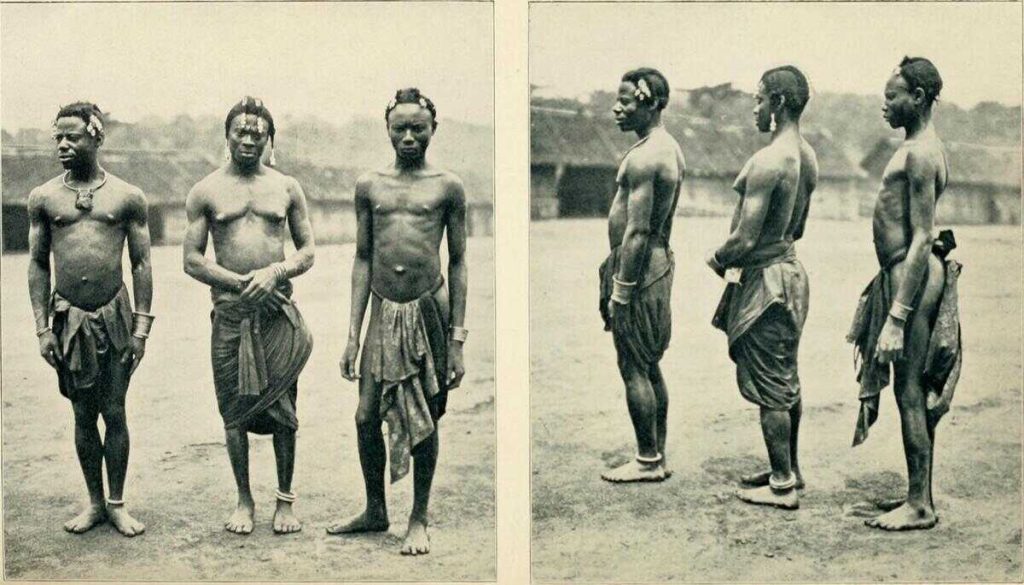Cannibalism is one of the most shocking and fascinating things humans have ever done. The idea of people eating other people has been talked about for centuries. It’s a subject that can make you feel uncomfortable, but it’s also one that has deep roots in human history. While it may seem strange or scary today, cannibalism has existed in some cultures for reasons that were important to those communities. This article will explore the history and myths of cannibal tribes and reveal the truth behind these stories.
What Is Cannibalism?
Cannibalism, also called anthropophagy, means humans eating other humans. It’s a practice that goes against the norms of most modern societies but has appeared in different places and times for various reasons.
Cannibalism can happen in two main ways:
- Endocannibalism: Eating people from your own group, often as part of rituals to honor the dead.
- Exocannibalism: Eating outsiders, such as enemies, usually to show power or as part of cultural traditions.
Why Did Cannibalism Happen?
Cannibalism didn’t happen everywhere, but in some places, it was tied to cultural, spiritual, or survival needs. Here are some of the main reasons it occurred:
- Rituals and Spiritual Beliefs
In some cultures, eating human flesh was a way to connect with the spirits of the dead. For example, the Fore people of Papua New Guinea ate parts of their dead relatives during funerals. They believed this kept the person’s spirit alive within the family. - Power and Revenge
Some tribes ate their enemies after battles to show dominance or to gain their strength. This form of cannibalism, known as exocannibalism, was also a way to intimidate others. - Survival
In desperate times, people turned to cannibalism to survive. This happened during famines, natural disasters, or when people were stranded, such as after shipwrecks. This type of cannibalism was not part of a culture but a last resort.
Famous Tribes Linked to Cannibalism
Some tribes have been famously linked to cannibalism, either through their practices or because of stories told about them. However, these stories are not always accurate and have sometimes been exaggerated by outsiders.
1. The Korowai (Papua, Indonesia)

The Korowai live in remote jungles of Papua and are known for their unique treehouses. Reports suggest they practiced cannibalism to deal with people they believed were witches (called “khakhua”). These witches were blamed for bad things like sickness or death, and killing and eating them was seen as a way to protect the community. Today, such practices are rare or have disappeared due to outside influence.
2. The Fore (Papua New Guinea)
The Fore people are a well-known example of ritual cannibalism. They ate parts of their dead relatives during funerals to honor them. Unfortunately, this practice spread a disease called kuru, which affects the brain and is similar to mad cow disease. The disease caused many deaths, and the practice was stopped in the 20th century.
3. The Caribs (Caribbean)
The word “cannibal” actually comes from the Carib people, a group native to the Caribbean. Early European explorers claimed that the Caribs ate their enemies after battles. However, historians today think these stories were often exaggerated or even made up by colonizers to justify taking over their lands.
4. The Aztecs (Mexico)
The Aztecs are famous for their religious sacrifices, where they offered humans to their gods. After these sacrifices, the flesh of the victims was sometimes eaten in ceremonial feasts. The Aztecs believed this practice honored their gods and brought balance to the world. While this was part of their culture, the extent of cannibalism in Aztec society is still debated by historians.
5. The Batak (Sumatra, Indonesia)
The Batak people of Indonesia were once reported to practice cannibalism as punishment for criminals or enemies. Outsiders described rituals where they consumed the flesh of those they saw as threats or wrongdoers. Like many other groups, these practices disappeared after colonial influence and the spread of Christianity.
Separating Myths from Truth
Many stories about cannibalism were exaggerated or completely made up. Colonizers and explorers often described native tribes as “savages” who ate people, even when this wasn’t true. These stories were used to make the tribes seem less human and to justify taking their land or resources.
For example, some funeral customs, like burning bones or turning them into ashes to mix with food, were misunderstood by outsiders as cannibalism. These rituals were symbolic and had nothing to do with eating flesh.
Does Cannibalism Still Exist Today?
In most places, cultural or ritual cannibalism no longer happens. However, isolated groups accused of practicing it sometimes face unfair treatment or unwanted attention. For example, tourists might visit these tribes out of curiosity, disrupting their way of life.
In extreme cases, survival cannibalism can still occur during disasters. These situations, however, are rare and unrelated to cultural traditions.
Cannibalism in Stories and Media
Cannibalism has long been a popular topic in books, movies, and myths. From ancient stories like the Cyclops in Homer’s Odyssey to modern horror films like The Silence of the Lambs, the idea of eating human flesh has been used to scare or shock audiences. While these stories are entertaining, they often misrepresent the real reasons cannibalism happened in the past.

What Can We Learn from Cannibalism?
Cannibalism is one of the strongest taboos in today’s world, but it wasn’t always viewed the way it is now. For the tribes that practiced it, cannibalism often had spiritual, cultural, or survival meanings. To truly understand why it happened, we need to look at these practices through the lens of their time and culture, not just our own modern views.
Many of the tribes associated with cannibalism no longer follow such practices. However, their stories give us a glimpse into the diverse ways humans have lived and dealt with challenges throughout history.
Final Thoughts
Cannibalism is a topic that evokes strong emotions, but it’s also an important part of understanding human history. By looking beyond the sensational stories, we can see how and why it happened in certain contexts. Whether it was part of a ritual, a way to show power or a means of survival, cannibalism reflects the struggles, beliefs, and creativity of human cultures.
While these practices may seem far removed from modern life, they remind us of the incredible diversity of human traditions and the lengths people have gone to survive and make sense of the world.
You Might Be Interested: Weird Traditions You Can Only Find in Africa
